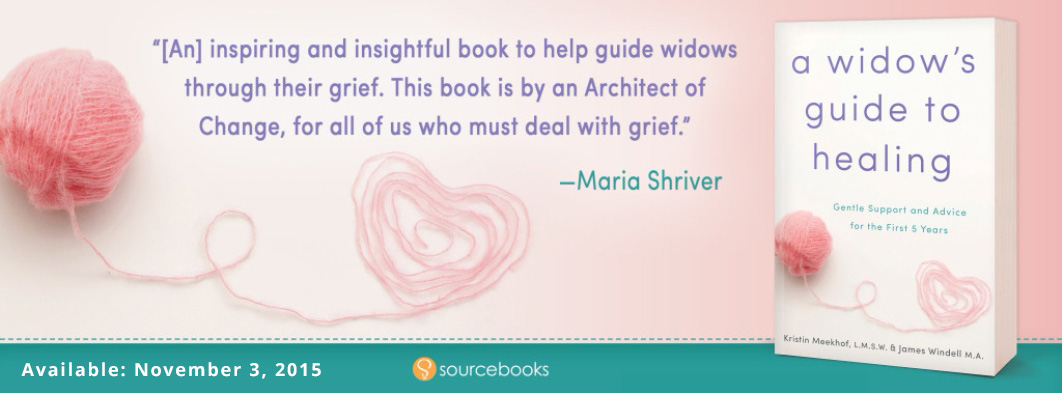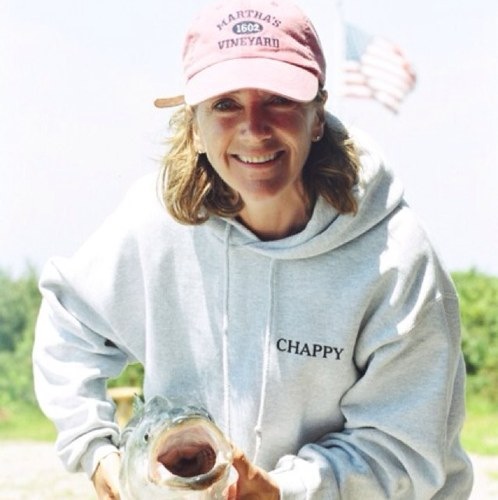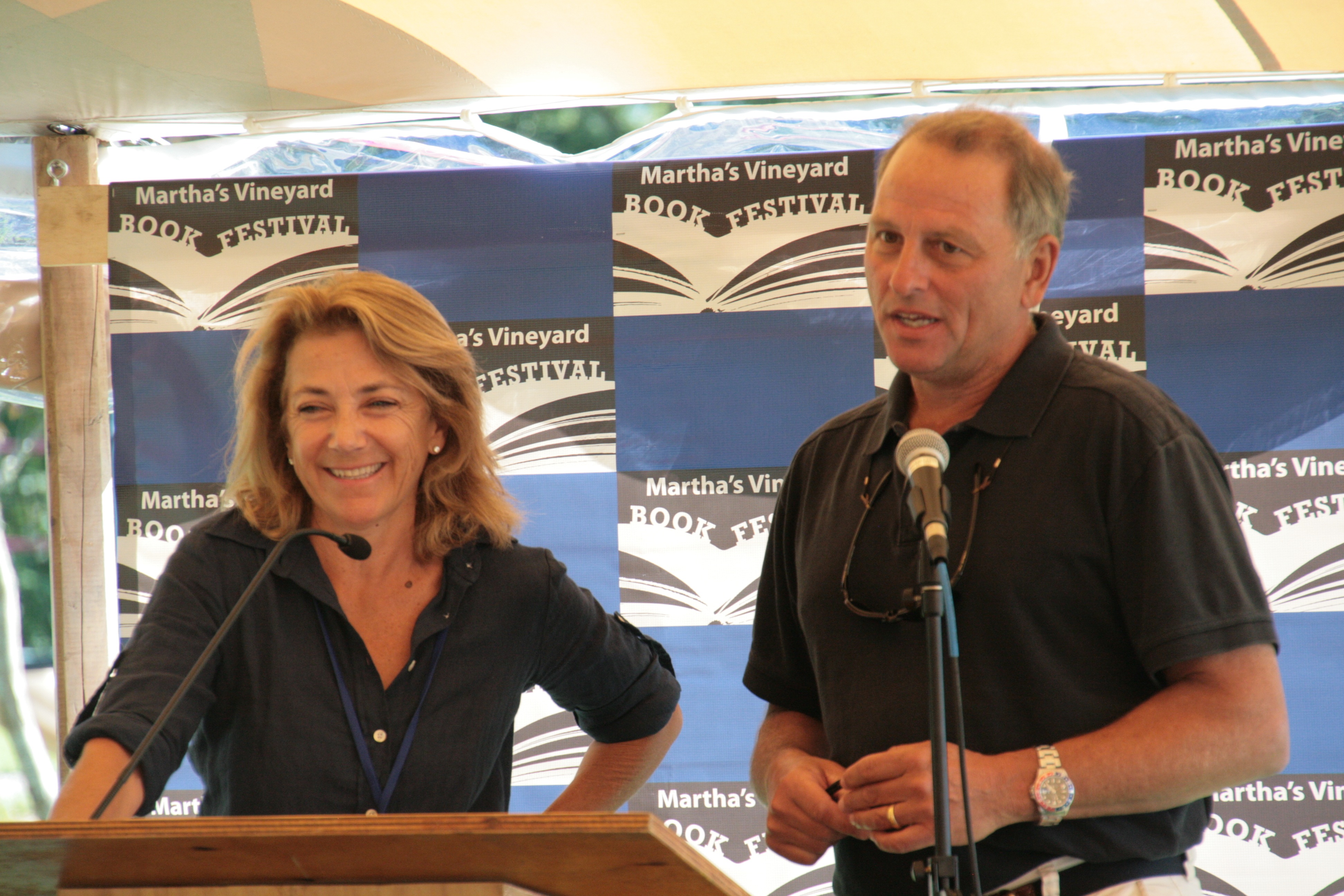Gretta Monahan’s Smart, Successful Style
I meet Ms. Gretta Monahan at a small New York City restaurant, and she greets me with a hug. She’s wearing a causal jacket, scarf, leggings and ankle boots, but it doesn’t appear that she’s trying to impress anyone. Instead, she quickly settles in to talk. Cradling her cup of tea, she is at ease and looks content. Cleary, she has done several interviews to promote her new book, Style And The Successful Girl, and could easily come across with a superficial smile and polished answers, but instead Ms. Monahan is very serious and focused. During the 90 minute interview, she never checks her phone and seldom loses eye contact. A few times, she looks away as if to catch her thoughts, but not in a way to edit them, only to provide clarity. What is also surprising is how genuine she presents herself. The first thing she does is offer gratitude. “Thank you so much for meeting me here. I know you had other meetings. I know you are busy.”
Busy doesn’t begin to describe Ms. Monahan, who is mother to a three-year-old son, and makes frequent appearances on the Rachael Ray Showand Good Morning America. Now, she is hard at work promoting her new book. For years, she says, “I helped celebrities discover their own style,” but she is keenly aware that all women “have the same issues.”
Ms. Monahan says she spent over two years writing the book, and selecting just the right approach. After she completed the book, the editor was getting ready to submit it for publication when Ms. Monahan halted the project. She says others advised against it because she is a first time author. However, Ms. Monahan said she followed her gut: “I knew I could give more. I started over. I also wanted to feature women (who are not celebrities) who inspire me.”
When a woman starts to look at their own style, Ms. Monahan suggests that she first examine her own taste and needs, and be honest about what garments work with their silhouette. So before you rush out to buy a new wardrobe, Ms. Monahan suggests you look at yourself and your own wardrobe. While snapshots of famous women are scattered throughout the book, Ms. Monahan hopes women will see this as a guide rather than an intimidation factor. She writes, “Let the photos do the work of a consultation with a personal shopper or stylist.” During the interview, Ms. Monahan said, “Celebrities are consistent with their style. That’s why it works for them.”
After 20 years in the styling and beauty business, Ms. Monahan has developed her own styling formula. She says women fit into one of four categories: Weekend Girl, Girly Girl, Sophisticated Girl or Sexy Girl. In her book, there are plenty of examples for each type. She says while each woman can experiment with a little of each, selecting one style type eliminates frustration. “Women who tell me that they have nothing to wear are usually women who don’t know their style and have too much. I tell women to start with their closet. Don’t rush out and buy something,” says Ms. Monahan.
Ms. Monahan’s book also recommends that women be honest about their silhouette. There are beauty tips as well as her own product choice suggestions for those who are curious or confused. The products listed are everything from the ones you will find at your drugstore, to those behind the counter at a high-end department store. Rest assured, not only has Ms. Monahan worn each product, she has carefully scrutinized it as well. She clarifies: “I take it very seriously who I recommend. The costumer is investing in a product to solve a problem. I give people specific recommendations, and you can put my name on it.”
The first time author is well aware that many women have only a handful of minutes each day to read a book, and may go directly to the chapter that speaks to them. She adds: “That’s why it’s set up this way — in sections.” She also advises for those who want to know where to put their money — it is in a good haircut. “Hair is the most important cosmetic. You should be getting compliments on your haircut.”
Some may call Ms. Monahan’s beauty approach superficial because it focuses on outward appearance, but her philosophy offers more. She explains: “When you go to an interview or connect with a potential client, you make a first impression. People judge you. If you feel great in your appearance, it can help you feel confident. I help with that.”
Dr. Srinivasan Pillay, CEO of NeuroBusiness Group and Assistant Clinical Professor of Psychiatry at Harvard Medical School, and friend of Ms. Monahan, agrees with her approach. He says: “Beauty shines through when what we wear is in sync with who we are. I think Gretta is an inspiration to women. She recognizes that intelligence and style go hand in hand. And that when you feel great, you inevitably look great to the world.”
In the entertainment world, Ms. Monahan encountered people who underestimated her talent and potential. In the beginning, there were times when she wanted to style someone well known, and no one would call her back. She recalls: “I wanted to say, ‘Give me a chance.’ You have to be diligent.” She has no hard feelings for those who quickly dismissed her. “Everyone has something to offer as a life lesson.”
Ms. Monahan’s life lessons came from her own family. When she was an infant, her parents got divorced, and her own mother moved in with family. It is clear that Ms. Monahan wasn’t born with a silver spoon, either. “My family were immigrants. I come from a working class family, and they worked very hard, that meant having two jobs.”
This hard work ethic rubbed off on Ms. Monahan. She says she turned to other women for business advice and met the ultra-successful beauty expert, Trish McEvoy. Ms. Monahan recalls, “I met Trish early on (in my career) and I learned from her.”
Ms. Monahan has moved beyond conversations with Ms. McEvoy, and is now the owner of one resort at Foxwoods in Connecticut, three salons and one boutique. She describes, Foxwoods as “a full service, absolute luxury spa.” In addition, she completed an executive MBA program at Harvard Business School, and continues to seek opportunities to expand her brand.
In front of the camera, she worked with fashion genius, Mr. Tim Gunn on his Bravo show,Tim Gunn’s Guide to Style. She describes working with Mr. Gunn as “a dream — I loved it.” In her book, Ms. Monahan writes about her work with him.
Backstage at the Rachael Ray Show is where I met Ms. Monahan for the second time. She warmly greeted me, and introduced me to the show’s staff. It is clear that she respects their work and she is easy to work with. However, she works hard at developing her own descriptions for the travel products, which she will cover for the upcoming segment. While waiting to go onstage, she discusses her son’s toilet training dilemma with a staff manager, and asks about another staff member’s father. It is apparent that she had prior conversations with both staff personnel, and isn’t trying to impress anyone.
Despite this phenomenal success, Ms. Monahan focuses the conversation back on her family. She credits her late maternal Aunt Kathy for giving her inspiration and hope. Ms. Monahan dedicates the book to her, writing: “In loving memory to the original Successful Girl of my life, my beloved Aunt Kathy, whose love, strength, lessons and spirit continue to guide and inspire me.” In person, Ms. Monahan gets misty eyed when describing her aunt.
The last conversation I have with Ms. Monahan is on the telephone. She puts the phone down, and is trying to soothe her son. “Sorry, about that. He usually isn’t up this late. Ricky is getting him settled in.”
For the past six years she’s been with actor/ producer Ricky Paull Goldin. He’s equally as busy. Not only is he the father to their son, but he has an impressive resume. He’s been the host of an HGTV show, acted in Guiding Light and recently completed filming The Humbling with Al Pacino and Barry Levinson. While they could easily be overwhelmed by the entertainment business, Ms. Monahan says family is their focus. She maintains: “My greatest accomplishment is my son, Kai Rei, who I had with my soulmate Ricky.”
You can view Gretta Monahan’s website here.
You can follow Ms. Monahan on Twitter: @Grettamonahan.
You can also read this blog on The Huffington Post.
Did you LOVE this blog? Don’t miss a single one! Join today and receive your complimentary copy of 5 Ways to Practice Gratitude Today!










